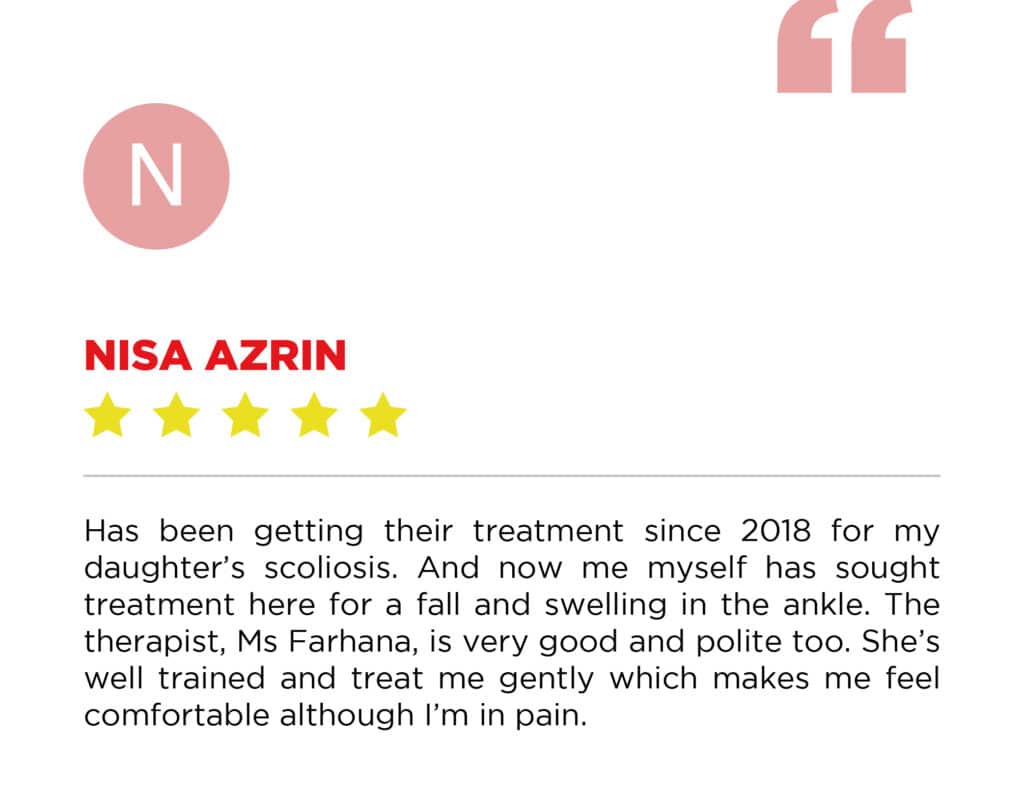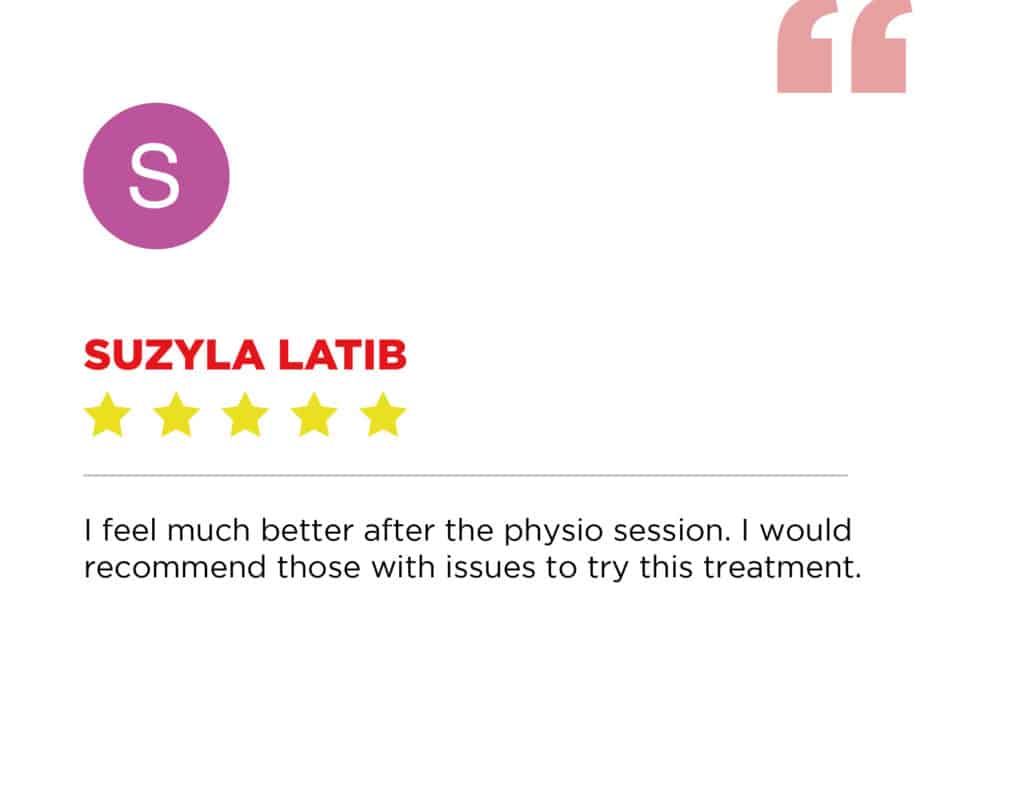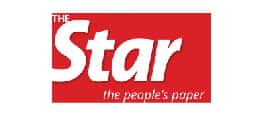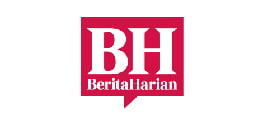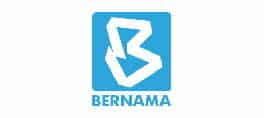Conditions we help
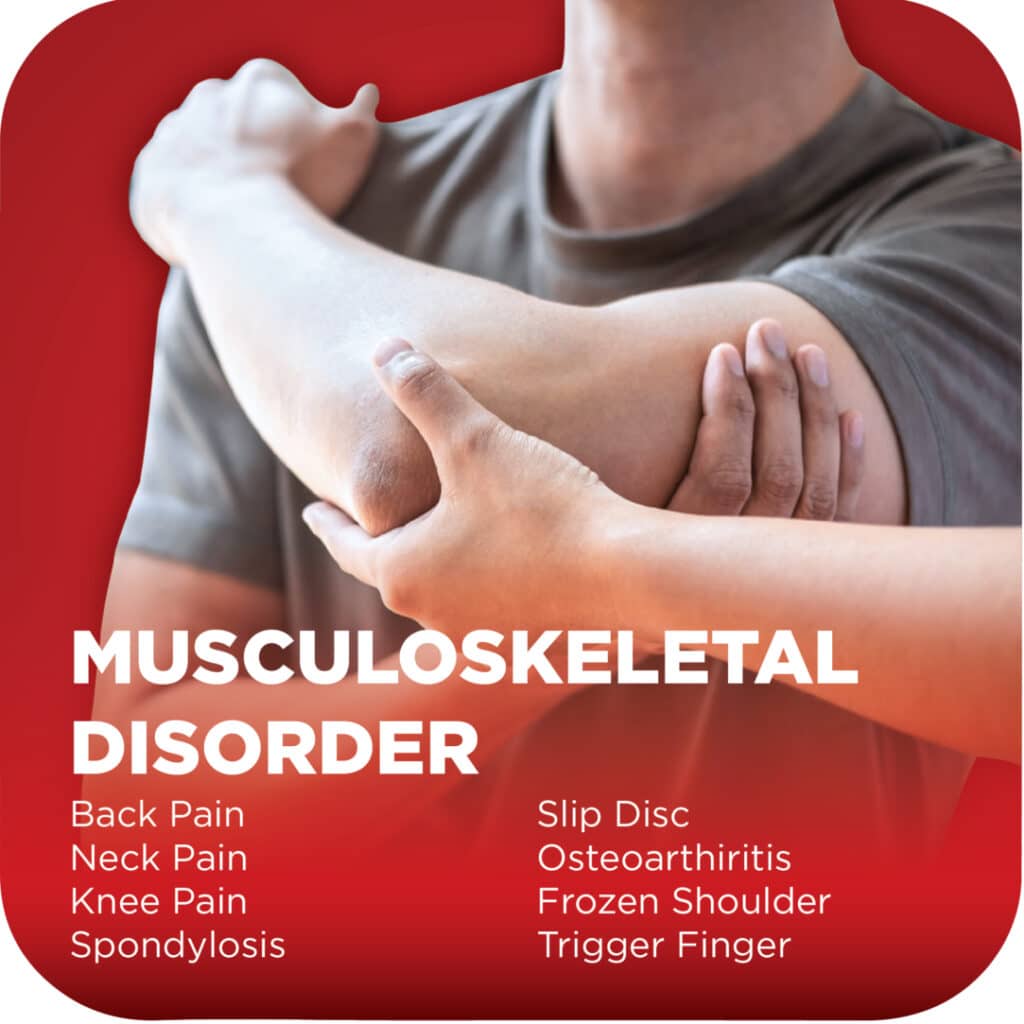
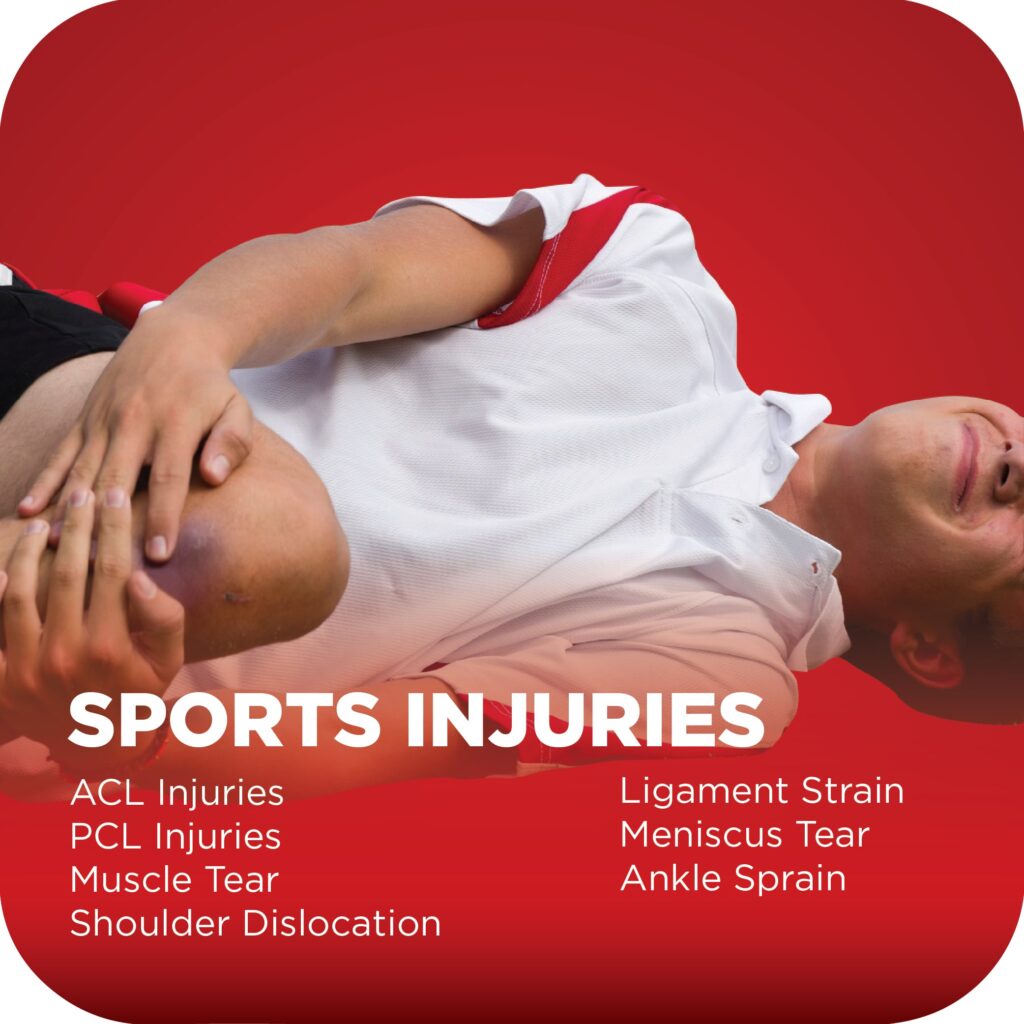



Our Services
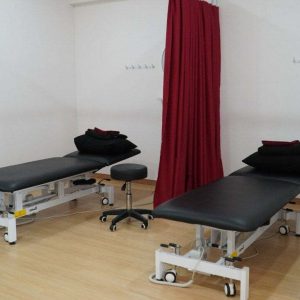
Physiotherapy
Centre
Physiomobile have 12 physiotherapy centre around Malaysia.
See outlet nearby
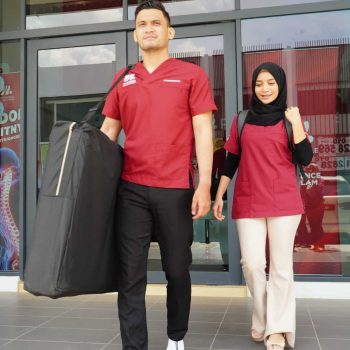
Home
Treatment
We provide home physiotherapy treatment for patient who prefer to get their treatment at their house.

Sport
Physiotherapy
We provide Sport Physiotherapy Treatment to enhance individual physical performance & overal wellbeing

Corporate
Physiotherapy
Physiotherapy treatment for corporate client including wellness talk, mini treatment booth & wellness bazaar.
Why choose
Physiomobile
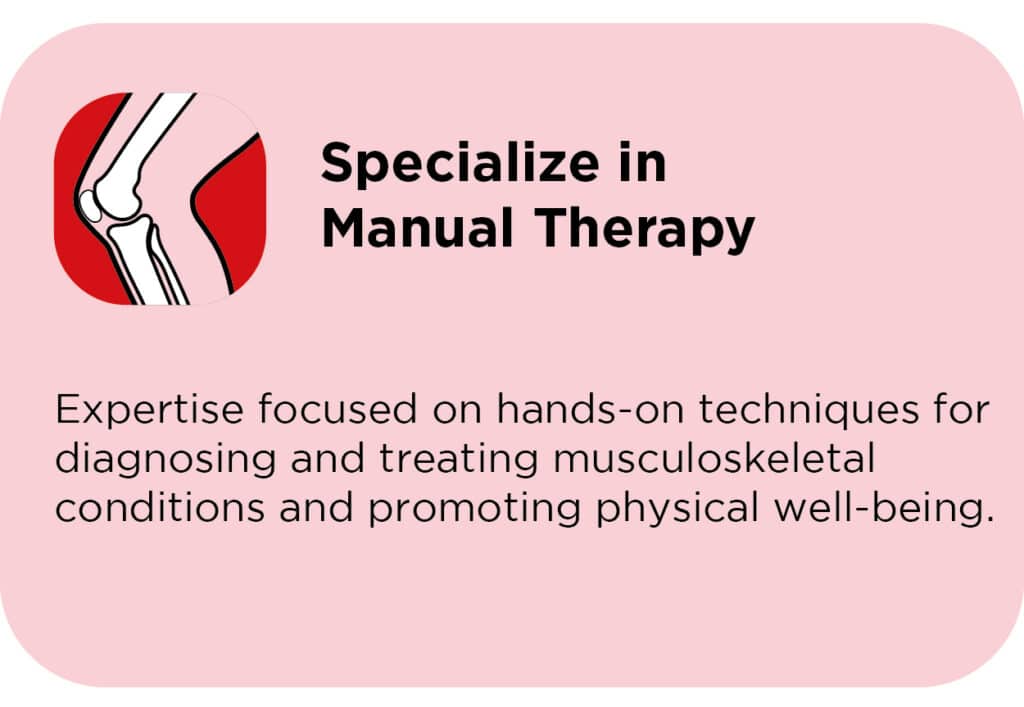
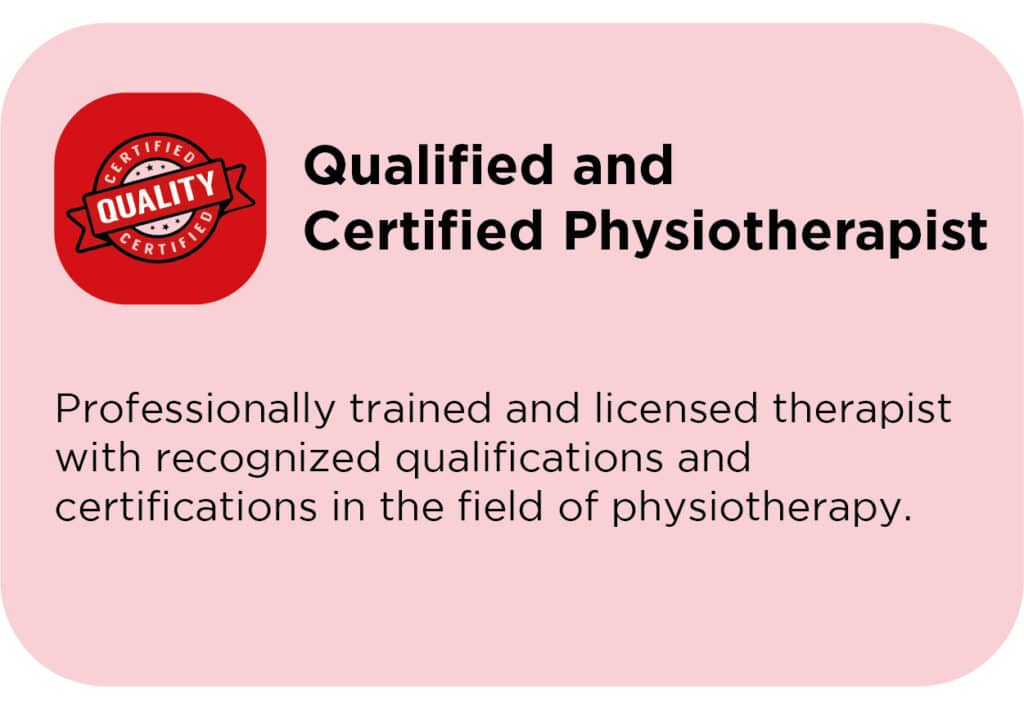




More clients feedback
We always strive to provide the best for our customers. This is a summary of their experience with us
Registered Panel
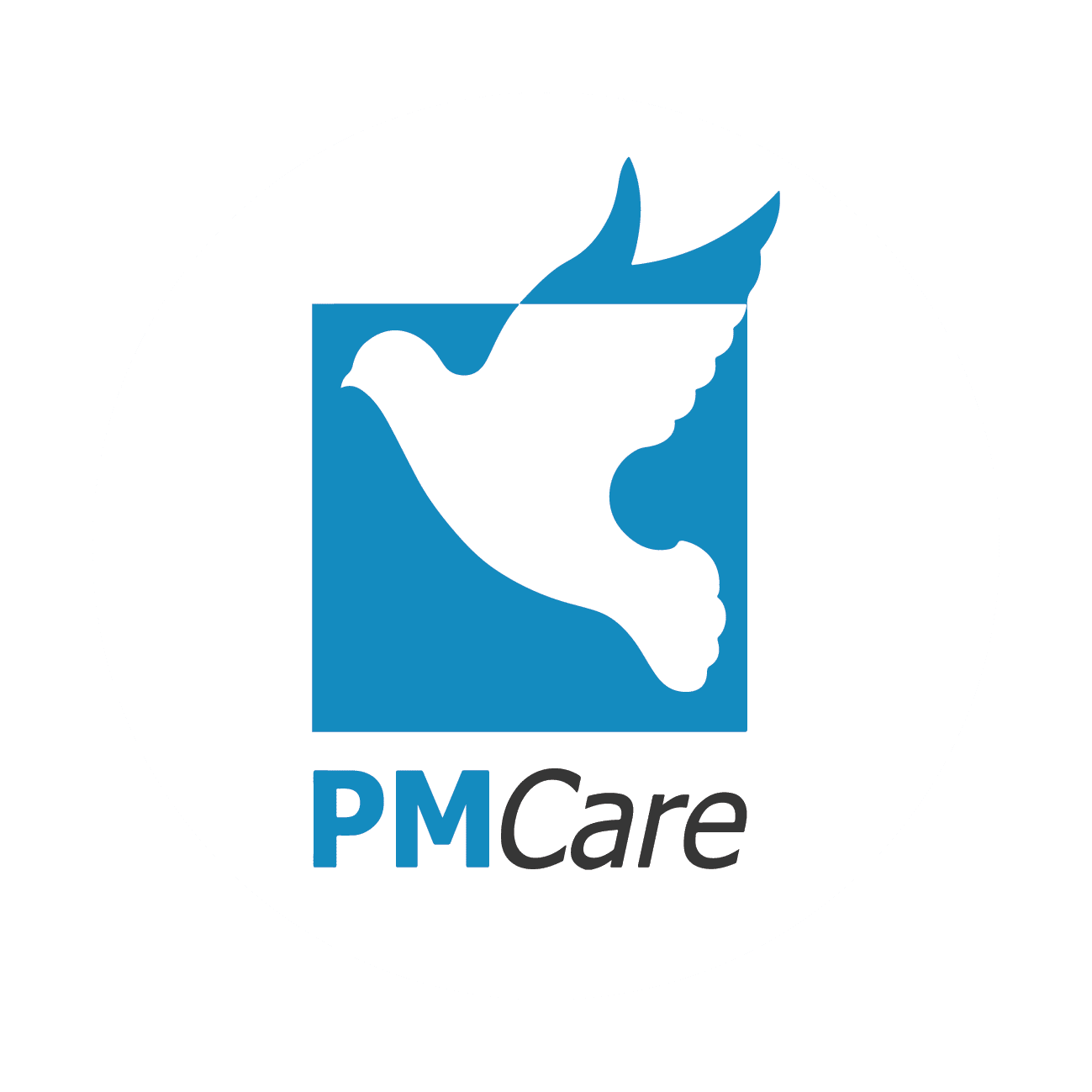
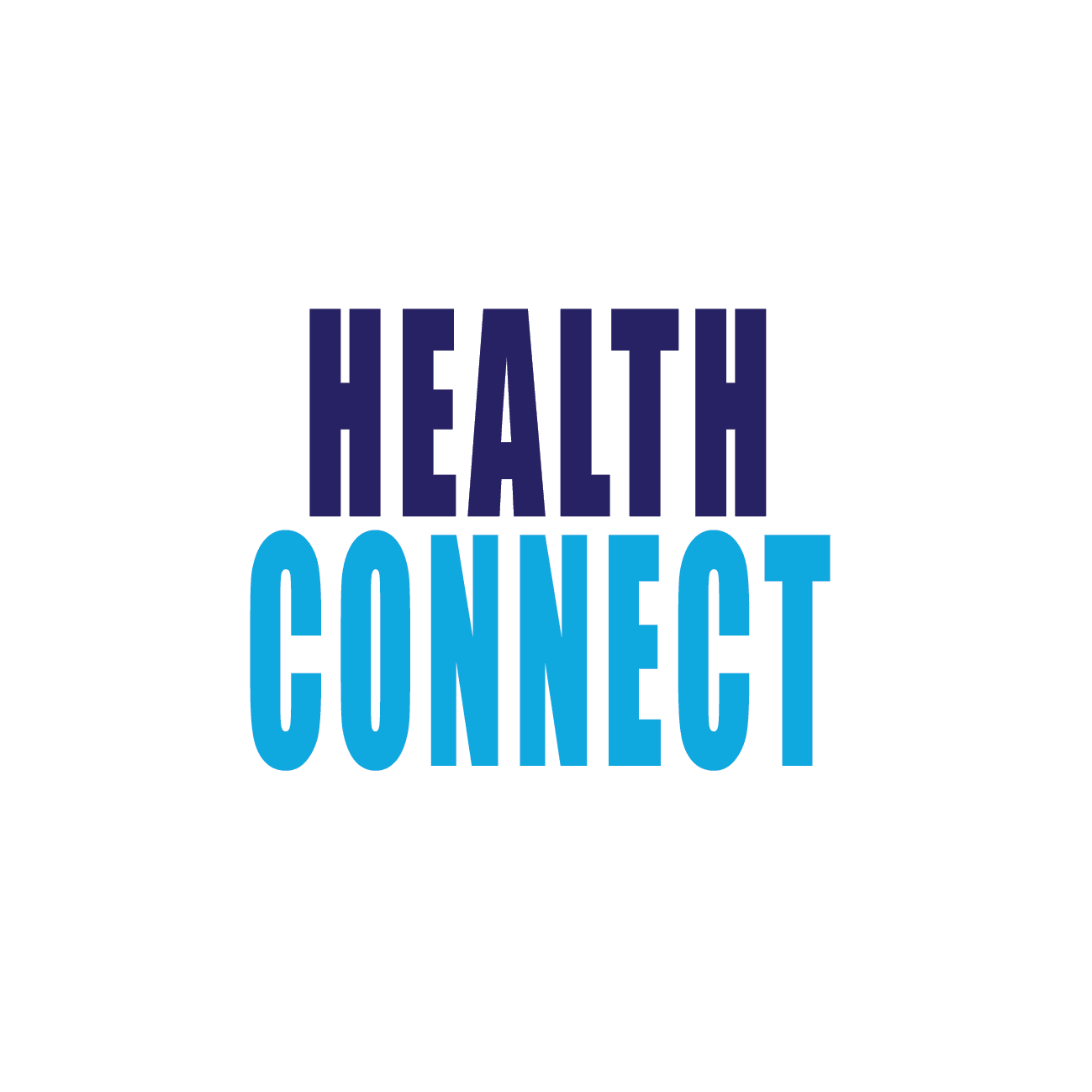





We provide our services for many corporate companies – across over Malaysia





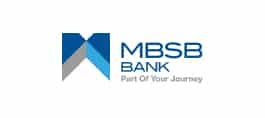


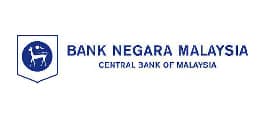
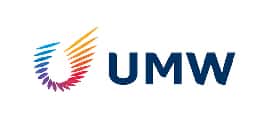
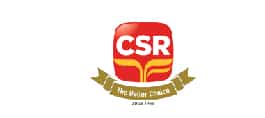



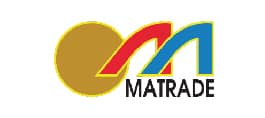



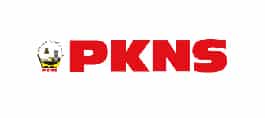


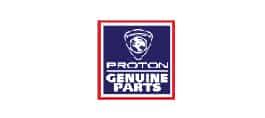

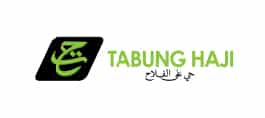
Frequently Asked Questions
We always strive to provide the best for our customers. This is a summary of their experience with us.
Physiotherapy can be beneficial for a wide range of conditions, including musculoskeletal injuries, neurological disorders, sports injuries, post-surgical rehabilitation, chronic pain, and respiratory problems, among others.
Typically, physiotherapy sessions are 40 minutes to 60 minutes. However, this varies from person to person and clinic to clinic, and depends on the specific needs of your injured area
This is where your physiotherapist will test your strength, flexibility, function, gait, reflexes, and more to properly diagnose the issue and determine an appropriate treatment plan. They may also use palpation techniques to assess the injured or affected area

